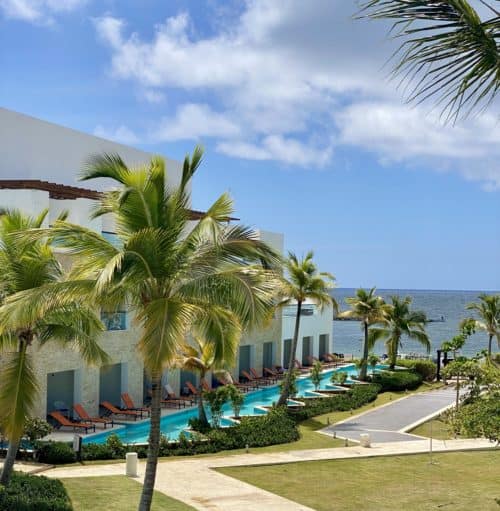
Speakers at a recent Incentive Research Foundation webinar discussed how incentive travel trends align with attendee preferences.
“Luxury accommodations are key right now,” said Anne Gorman, vice president, sales & marketing, streamlineevents, speaking at a recent IRF webinar along with Rudy Garza, vice president of operations, Brightspot Incentives; Rick Garlick, chief research advisor, IRF; and moderator Stephanie Harris, president, IRF. Their discussion centered around the results of the second annual Incentive Travel Destination Preferences & Their Impact on Motivation study which queried 405 sales professionals eligible to qualify for company rewards. Both the study and the webinar were supported by Cvent.
Among Garza’s and Gorman’s comments on how their experience aligns with study results:
• Motivation. The resounding 91 percent of respondents who said they find group incentive travel motivating was not a surprise. “This huge number speaks to the pent up demand we all have for travel,” said Garza. Brightspot, he said, has seen the rebound that started in the last half of 2021 become even more robust this year. As well, said Gorman, “at streamlinevents we’re seeing a lot less attrition as few people are declining the trip.”
•Downtime. Planners should pay attention to the 87 percent of qualifiers on the study wanting more relaxation time—and there might be a hidden benefit. “This speaks to the fact that many programs have been over scheduled with activities,” said Garza. Gorman concurred, noting her experience of attendees choosing to hang by the pool after a meeting instead of participating in an activity. “People want downtime, not every single day filled with activities and excursions,” said Garza. Plus, he said, a day of free time will save money on the aways tight program budget.
•Luxury. Only four percent of study respondents said luxury was not important to them on an incentive trip. “Everyone is looking for luxury,” said Gorman. “A group incentive gives people something they can’t do on their own, and luxury delivers on this.”
All Inclusives. All-inclusive resorts continue to be popular for incentive trips, speaking to the popularity of sun and beach destinations and the importance of participants not wanting to pay for pocket expenses, said Garza. If and when a client chooses a property that is not all inclusive, Brightspot negotiates a version of it with the hotel, and gives attendees an allowance for any remaining out of pocket expenses.
Peer Recognition. There was a net gain of 37 percentage points from 2021 on the importance of being recognized by peers at incentive programs. People are once again comfy with face-to-face, said Gorman. “You can’t quantify the ROI, but we know that people connect more deeply with a trip when they connect with each other.”
Destinations. Speaking about Hawaii, the number one incentive destination chosen by survey respondents last year and this year, Garza points out that “there is more to Hawaii than just Maui, which is a huge reason for the draw. Hawaii offers all the islands. We had three separate groups to Lanai this year—one of the smallest and most luxurious.” However, he noted, there are challenges with affordability and availability. Early bookings are essential. Looking ahead to 2023 and 2024, both Gorman and Garza see an uptick in Western European destinations, and in European cruise programs. The Caribbean continues to be popular, with a renewed interest in Mexico from study respondents. Gorman and Gaza cited Mexico’s affordability, many all-inclusive choices, VAT refunds, and variety of locations from Los Cabos to Riviera Maya.
You Might Also Be Interested In
Incentive Travel Trends: Beaches, Luxury and Relaxation Time are Top Preferences on IRF Survey
Travel Incentives: What the C Suite Really Thinks
Non-Cash Incentives Reach $176B in 2022
.










